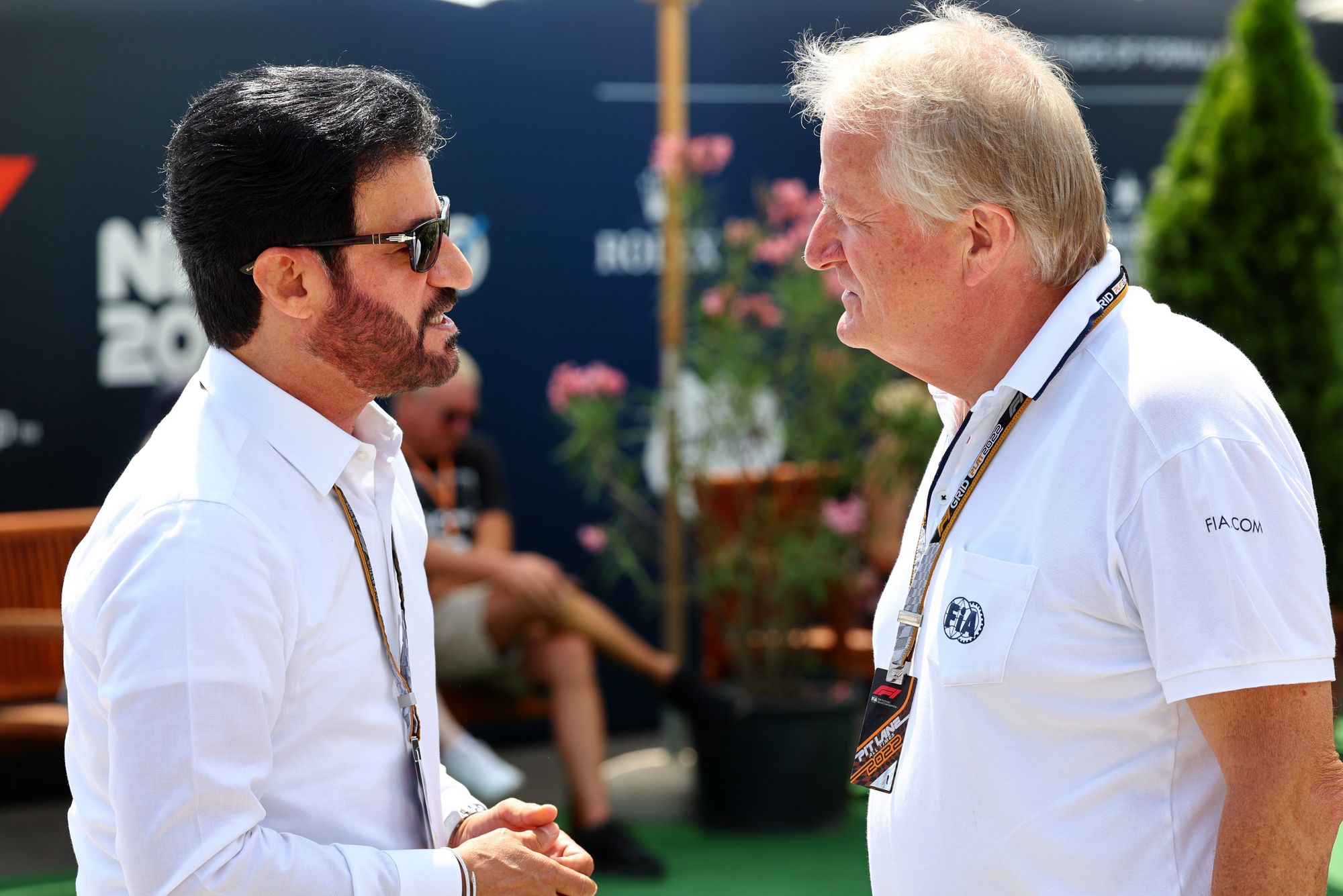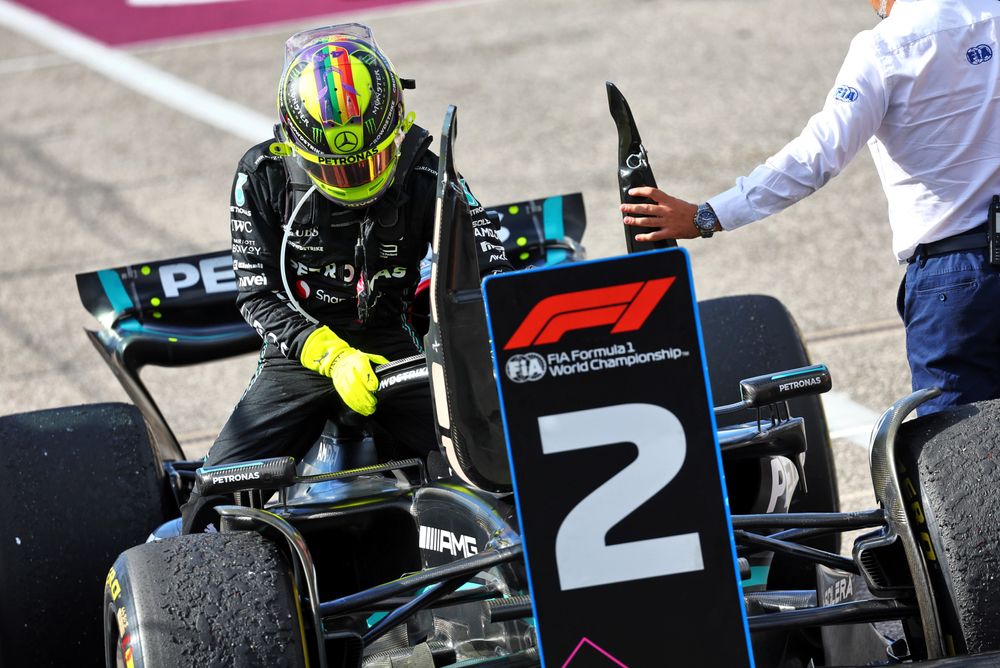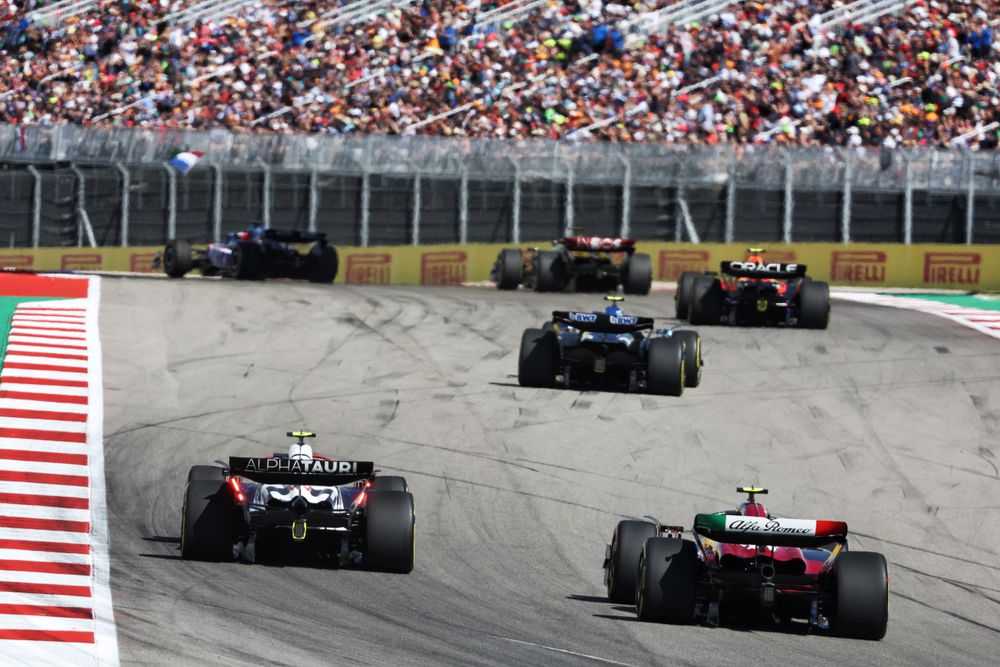Up Next

The FIA, Formula 1's governing body, has shared its view of why the current methods of F1 post-race scrutineering are both time-tested and "so valuable" after two United States Grand Prix disqualifications cast doubt over whether other cars escaped being punished for the same offence.
Lewis Hamilton and Charles Leclerc were removed from the classification of the COTA race after plank wear on their respective cars was found to have exceeded the allowed level.
But Hamilton's Mercedes and Leclerc's Ferrari were two of just four cars inspected in regards to plank wear, the others being Max Verstappen's Red Bull and Lando Norris' McLaren, both deemed compliant.
With a 50% infringement hit rate among the sample of cars checked, this logically raised questions over the other 16 participants, and particularly the team-mates of the disqualified drivers, George Russell and Carlos Sainz, whose plank wear went unchecked.
But the randomness of the checks is no novelty for F1 - and an FIA Insights article released by the governing body in the aftermath of the COTA weekend suggested there was no particular rush to somehow review the procedures.
"This process has been in place for many decades," the FIA stressed, adding that from teams are aware "any part of the car could be checked at any time" and that having one of those checks turn up something non-compliant can mean "severe consequences".
"In conducting these tests, a huge amount of work goes on in the limited time available after a grand prix finishes and before the cars need to be returned to their teams for disassembly and transportation to the next race.
"However, even though a wide array of checks are made, it is impossible to cover every parameter of every car in the short time available – and this is especially true of back-to-back race weekends [like the US GP was, with the Mexican GP the following weekend], when freight deadlines must also be considered.
"This is why the process of randomly selecting a number of cars for post-race scrutineering across various aspects of the regulations is so valuable. Each team is aware that selection is possible and understand that the chance of any lack of compliance being uncovered is strong."
The F1 technical team relies on "a wealth of experience, as well as data from a plethora of sources and sensors" to determine what is checked on a weekend-to-weekend basis.

The post-race scrutineering in the US GP, as outlined by FIA technical delegate Jo Bauer (pictured above to the right of FIA president Mohammed Ben Sulayem), included beyond the plank checks and the numerous standardised checks on all cars (on parametres that are largely just a matter of extracting the logged data rather than doing time-consuming physical measurements) thorough inspections of Norris' McLaren, Sergio Perez's Red Bull and Yuki Tsunoda's AlphaTauri.
Those inspections verified the compliance of the cars' floors, noses structures, chassis, mirrors, sidepods, engine covers and front and rear wings.
There were also fuel and oil samples taken from Sainz's car, analysed with "gas chromatography" in the former case and "FTIR spectroscopy and viscometry" in the latter.
"As with everything in Formula 1, the process has evolved and been refined over the years to constitute the most stringent and thorough method of monitoring F1’s incredibly complex current-generation cars, acting as a serious deterrent while being practically achievable within the logistical framework of a grand prix weekend," the FIA concluded.





